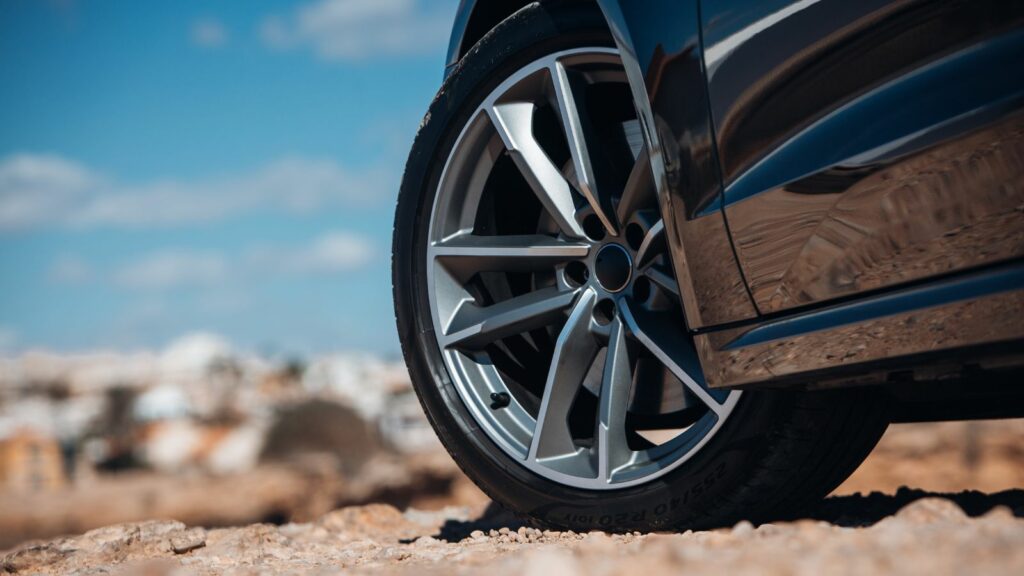Car enthusiasts love modifications, but not every upgrade translates into more speed, sharper handling, or better reliability. Plenty of popular add ons create the illusion of performance without delivering anything tangible. Some even end up hurting the way a car drives. Let’s break down 12 upgrades that look the part but fail to provide real gains once you’re behind the wheel.
Oversized Wings on Street Cars
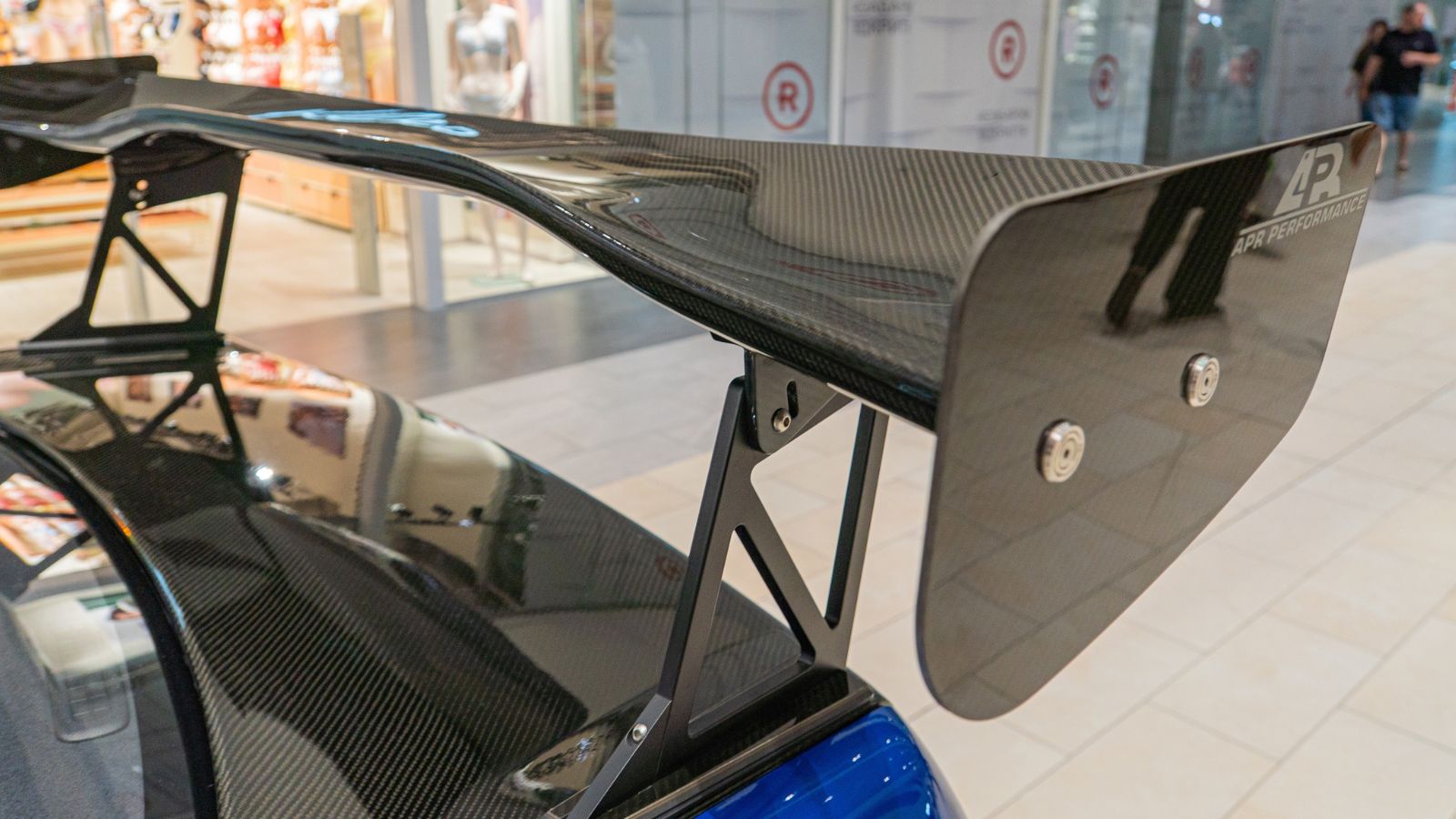
A huge rear wing has its place in motorsport, where cars hit speeds well over 120 mph and need downforce to stay planted. On street cars, though, those oversized spoilers are more about looks than physics. Most of them aren’t even designed with proper aerodynamics in mind and end up adding nothing but drag. Unless you’re cornering flat out on a racetrack, the wing isn’t generating meaningful downforce. Instead, you’re left with reduced fuel economy, extra wind noise, and a styling cue that shouts louder than it performs. For most daily drivers, it’s little more than an expensive hood ornament mounted on the trunk.
Cheap Cold Air Intakes
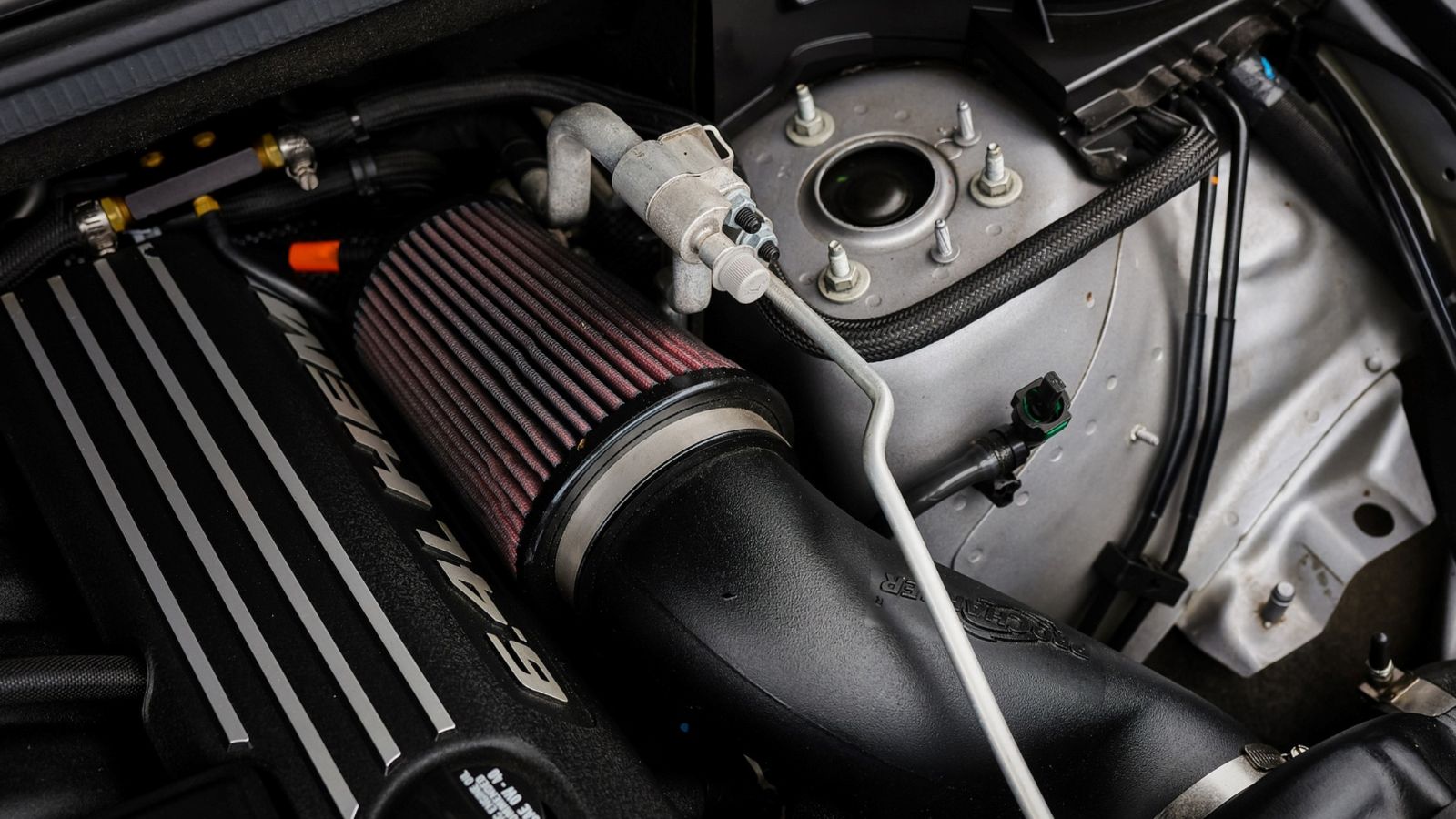
In theory, cold air intakes provide denser oxygen rich air that improves combustion. Done right with proper routing and ECU tuning, they can add horsepower. The problem comes when buyers grab the cheapest kits online, which often pull air from under the hood where it’s already hot. Instead of boosting performance, you end up feeding the engine less efficient air. Many of these intakes don’t have proper sensors or filters either, which can trigger warning lights or even cause long term issues. The one benefit people actually notice is the louder whooshing intake noise, which creates the illusion of speed but adds nothing measurable to acceleration.
Stick On Hood Vents
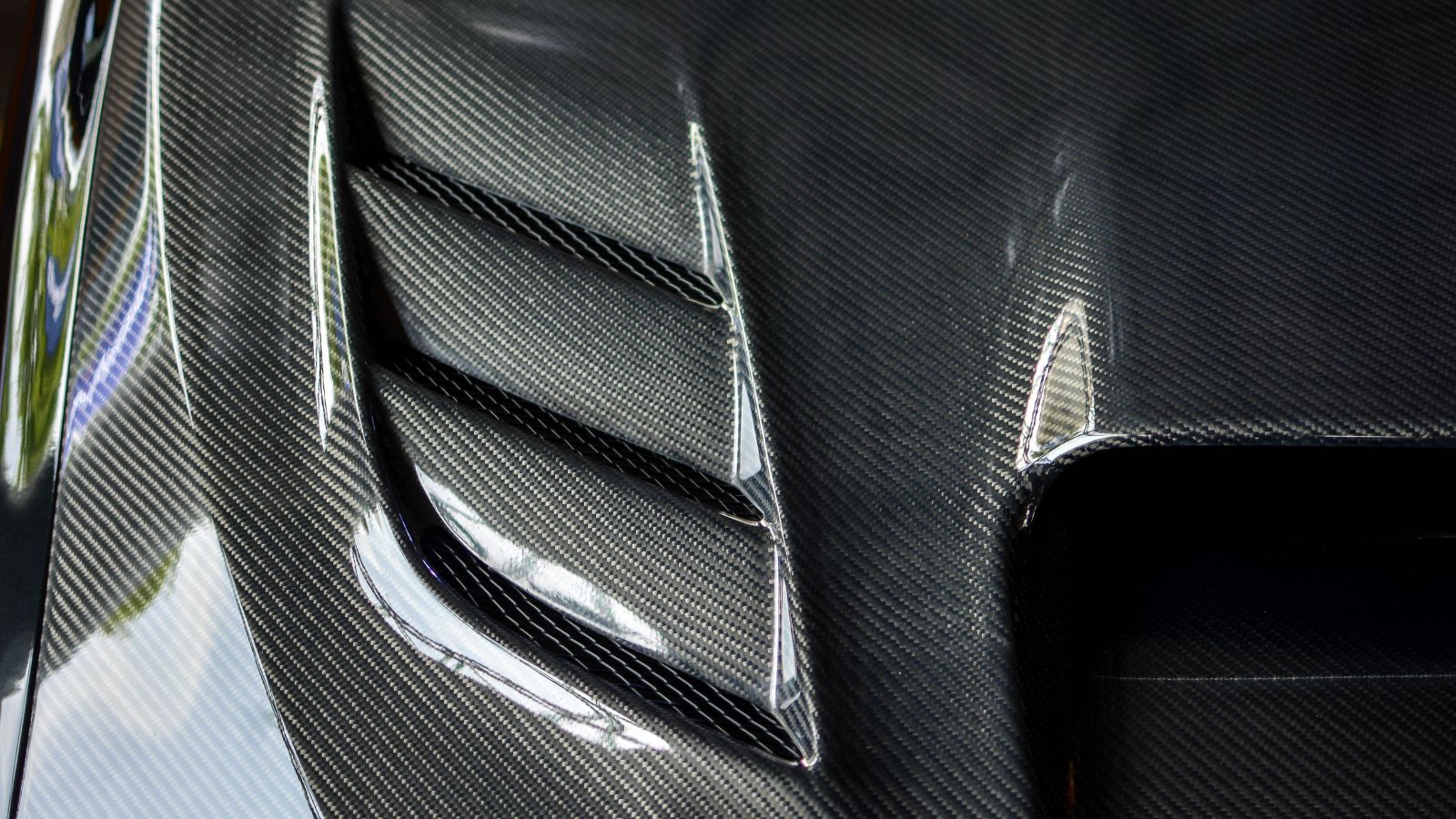
Real hood vents channel hot air away from the engine bay, helping with cooling on high performance cars. Fake stick on vents you can buy at an auto parts store are nothing more than cheap plastic glued to the hood. They don’t move air, they don’t reduce temperatures, and they can actually damage paint if moisture gets trapped underneath. Drivers add them thinking it creates an aggressive, sporty look, but anyone who knows cars can spot them instantly. They’re one of the most obvious “all show, no go” upgrades out there.
Loud Muffler Tips
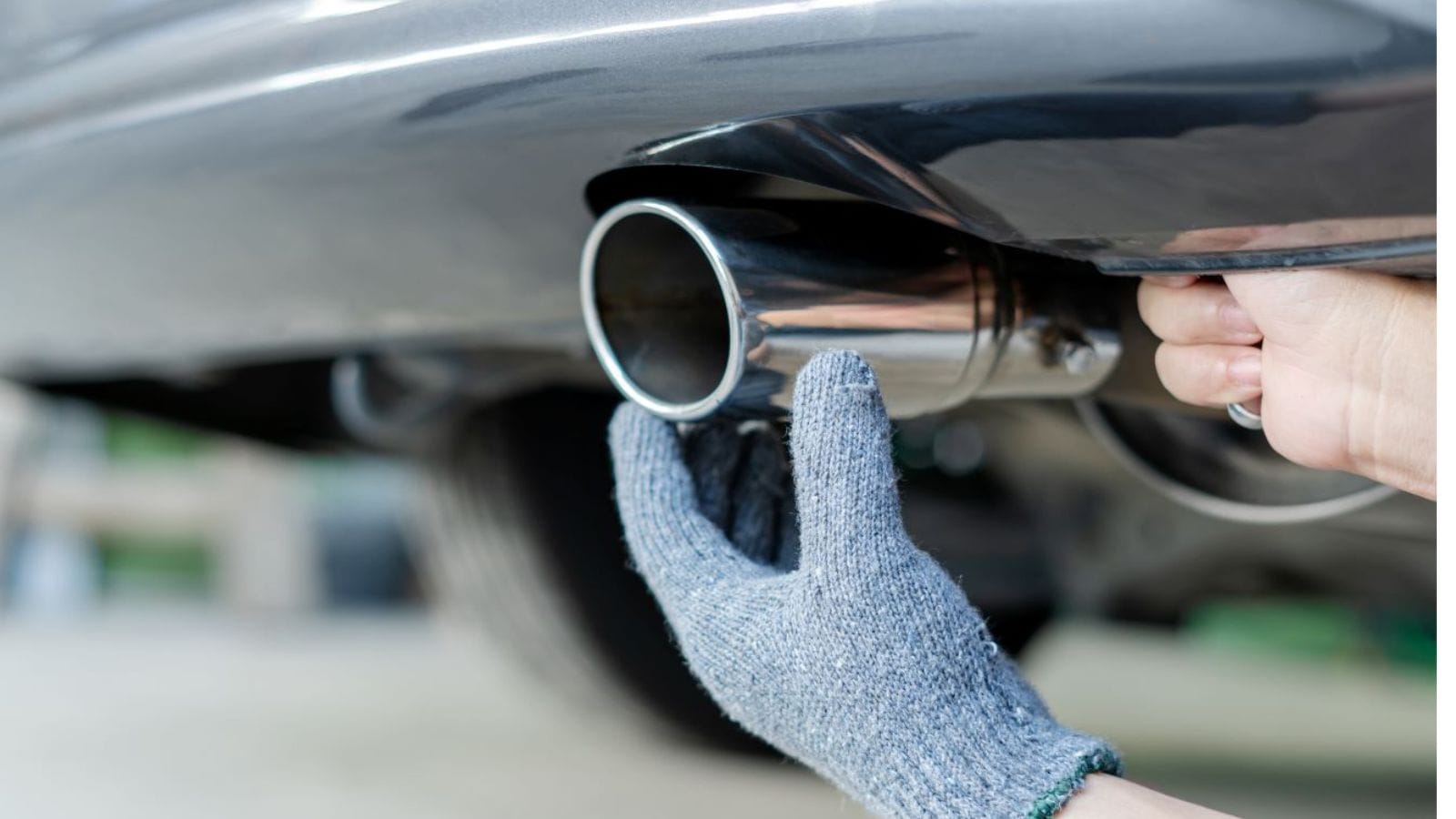
There’s a difference between a properly designed performance exhaust and a loud muffler tip. A full exhaust system can improve airflow and release horsepower. A bolt on tip from a bargain bin just makes more noise without changing back pressure or flow in any meaningful way. At best, you get a deeper or raspier sound that makes the car feel faster than it is. At worst, you annoy your neighbors while achieving nothing at the drag strip. Sound alone doesn’t equal speed, and this upgrade proves it.
Fake Brake Caliper Covers
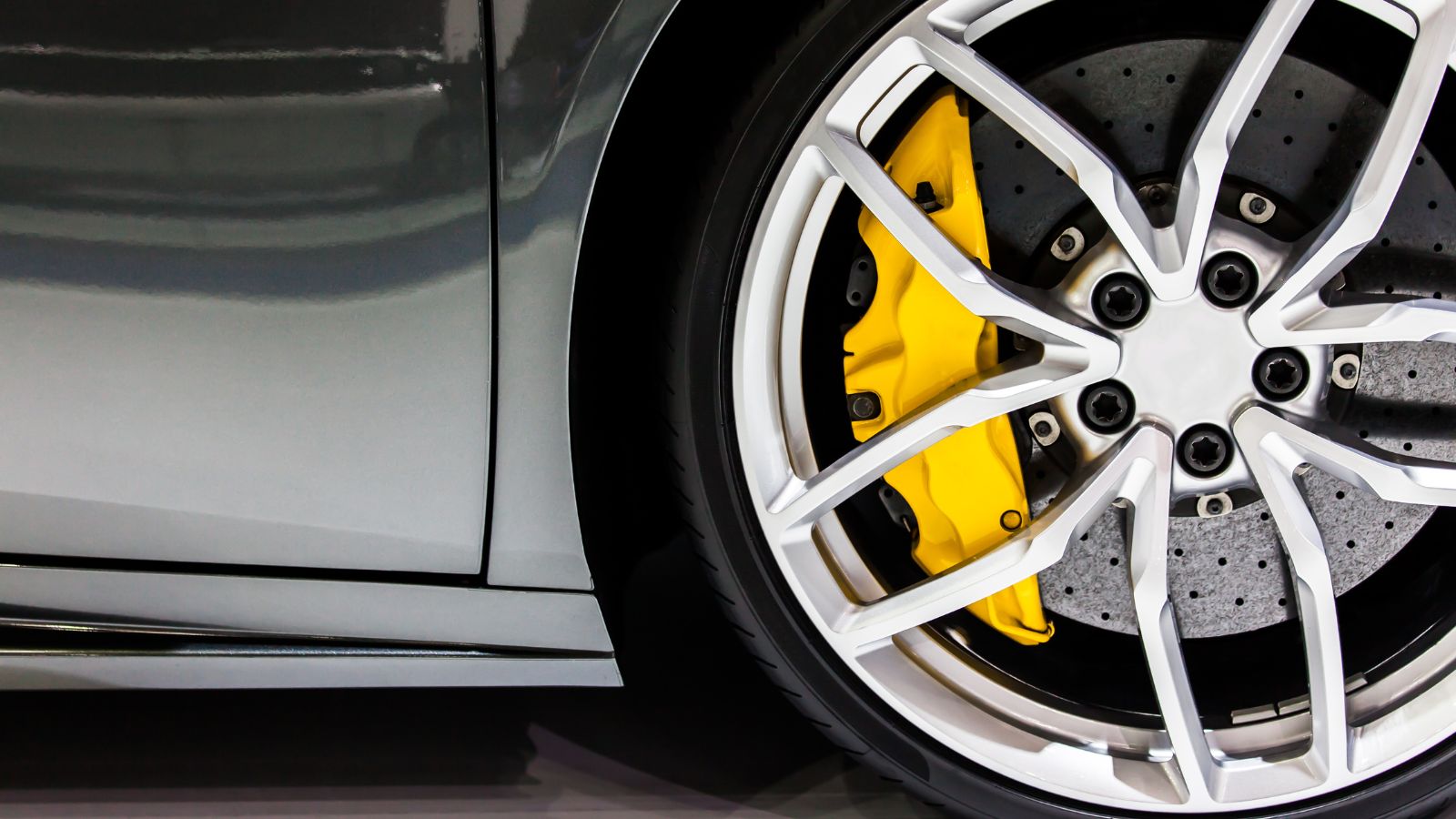
Real performance brakes are engineered with large calipers and rotors to handle heat and improve stopping distances. Plastic covers that snap over your stock calipers are pure decoration. They don’t improve braking; in fact, they can trap heat and make the system less efficient. Manufacturers of these covers market them as an affordable way to mimic big brake kits, but all they really do is add unnecessary clutter behind your wheels. If anything, they can accelerate wear by making your brakes run hotter than designed.
Massive Wheels with Thin Tires
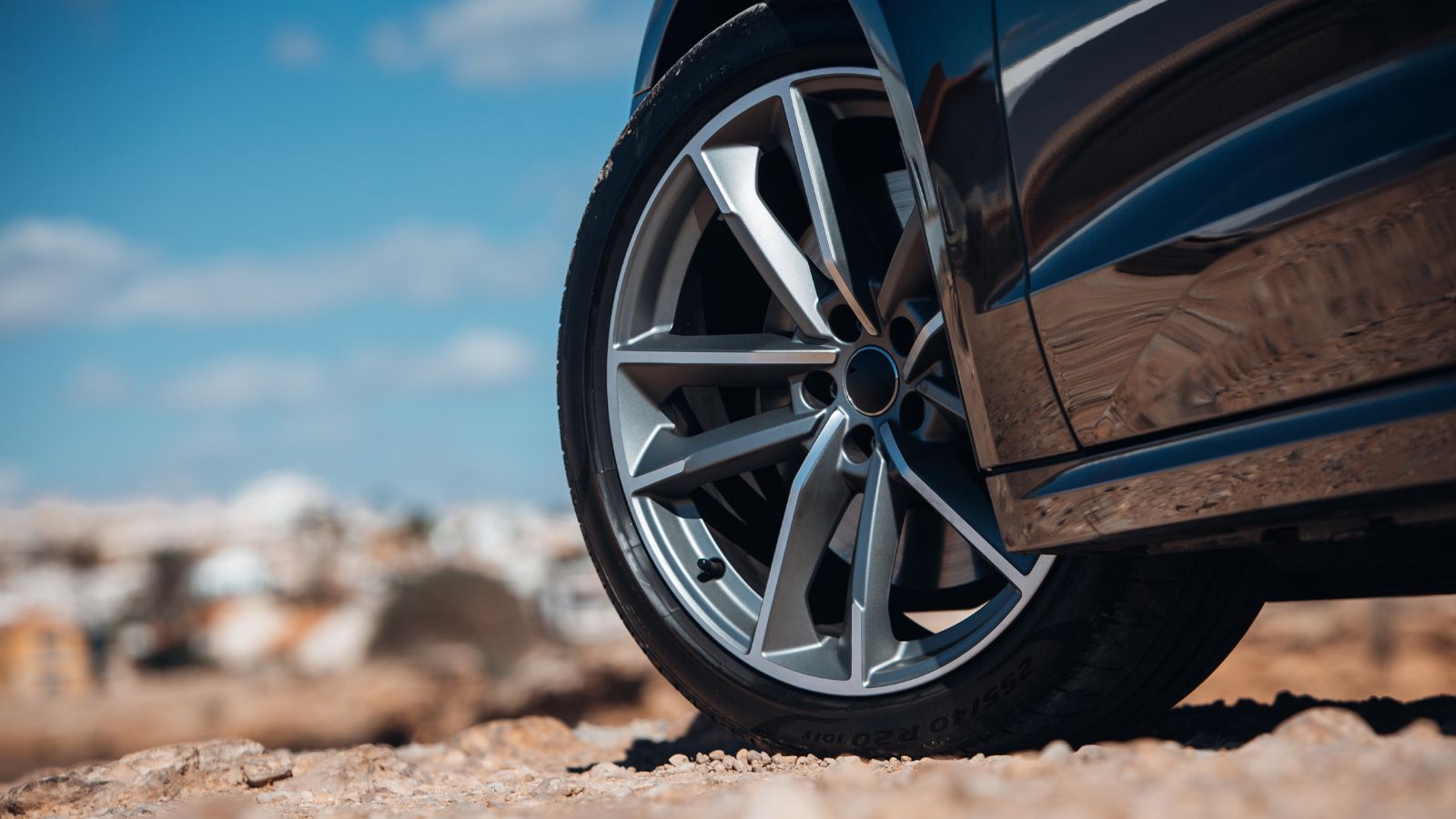
Bigger wheels can sometimes improve cornering by allowing wider tires. Push the size too far, however, and the negatives outweigh the positives. Oversized rims are heavier, which increases unsprung weight and slows down acceleration. Thin sidewalls reduce ride comfort and can make traction worse on imperfect roads, especially in rain or snow. The car may look aggressive sitting still, but on the move it often rides harsher, corners sloppier, and burns more fuel. In other words, you’ve sacrificed real world performance for stance and appearance.
Non Functional Scoops
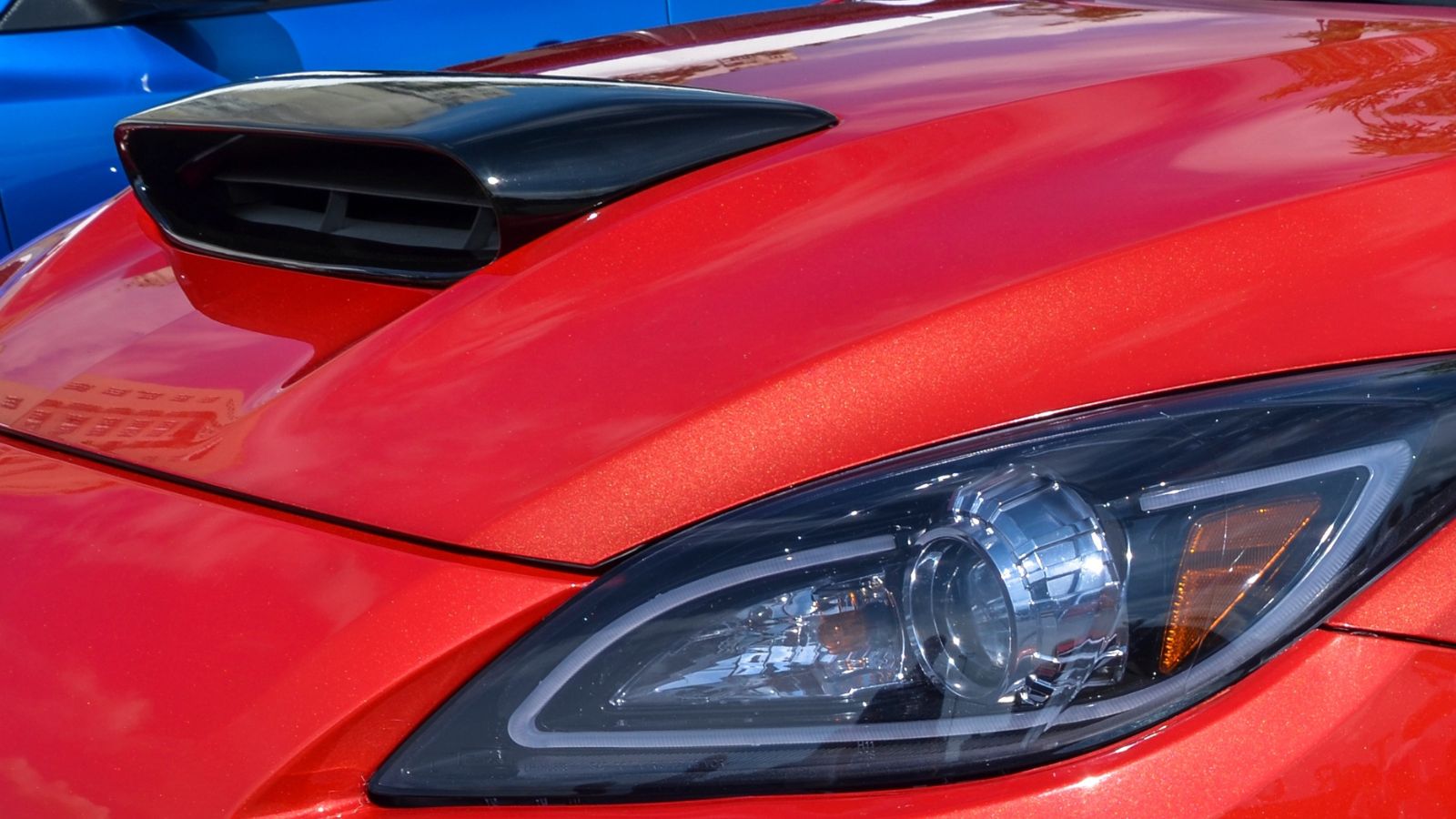
Functional scoops help channel air to engines or brakes, improving cooling and performance. Decorative scoops, which are nothing more than plastic stuck on the body, serve no such purpose. They don’t feed fresh air into the intake or reduce under hood heat. Many drivers add them thinking they look sporty, but they quickly reveal themselves as fake once you realize they’re solid or bolted in the wrong place. It’s a style gimmick that doesn’t deliver any of the benefits the real versions provide.
Stiff Lowering Springs
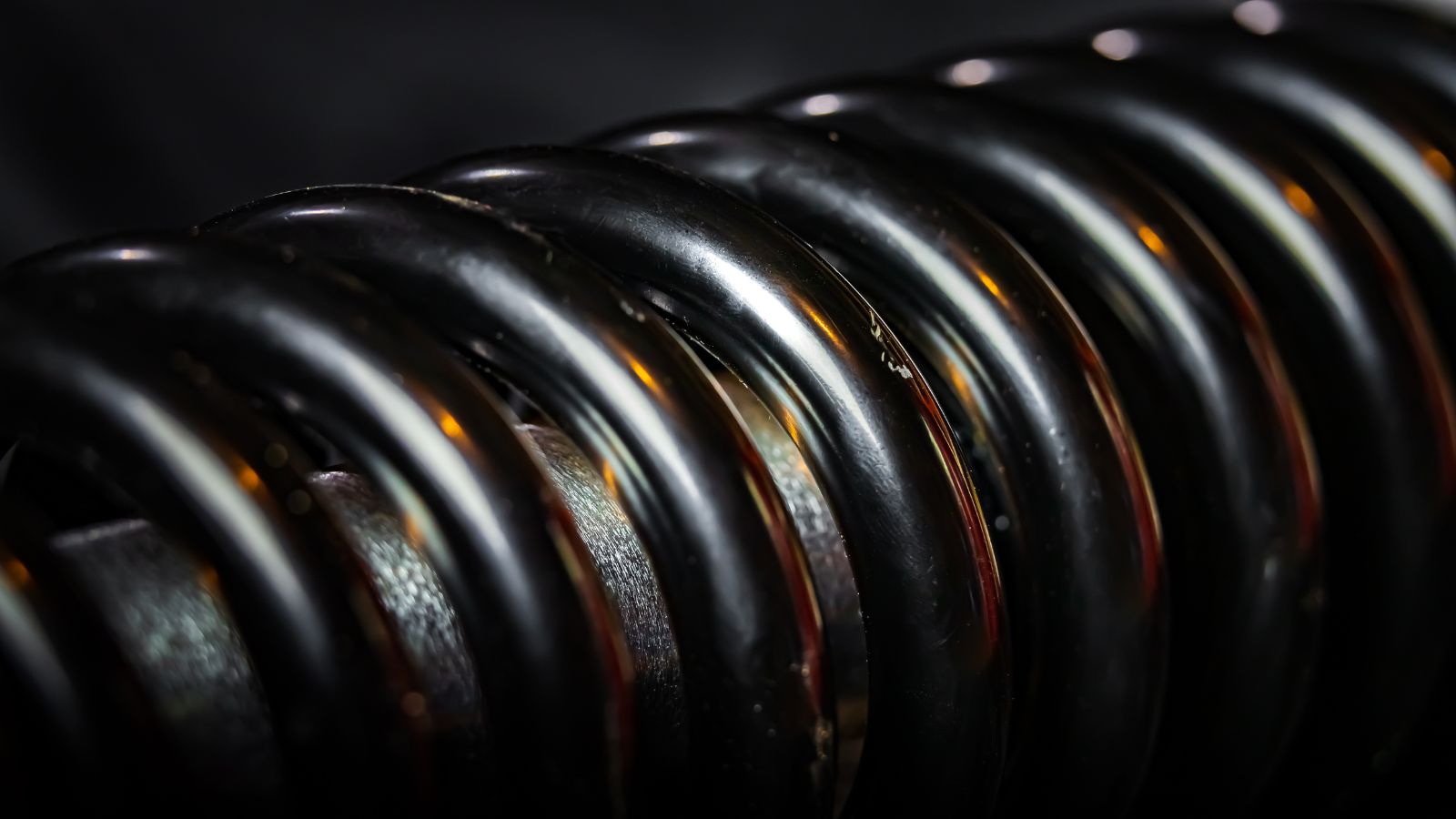
Lowering a car can reduce body roll and improve handling when done with properly matched suspension parts. Cheap lowering springs bought without upgraded dampers do the opposite. They upset the balance of the suspension, making the car bounce over bumps and reducing grip in corners. Ride quality often becomes harsh, leading to worse performance on real world roads. The only thing these springs consistently deliver is the appearance of a lowered stance, which is why so many drivers fall for them despite the drawbacks.
High Wattage Headlight Bulbs
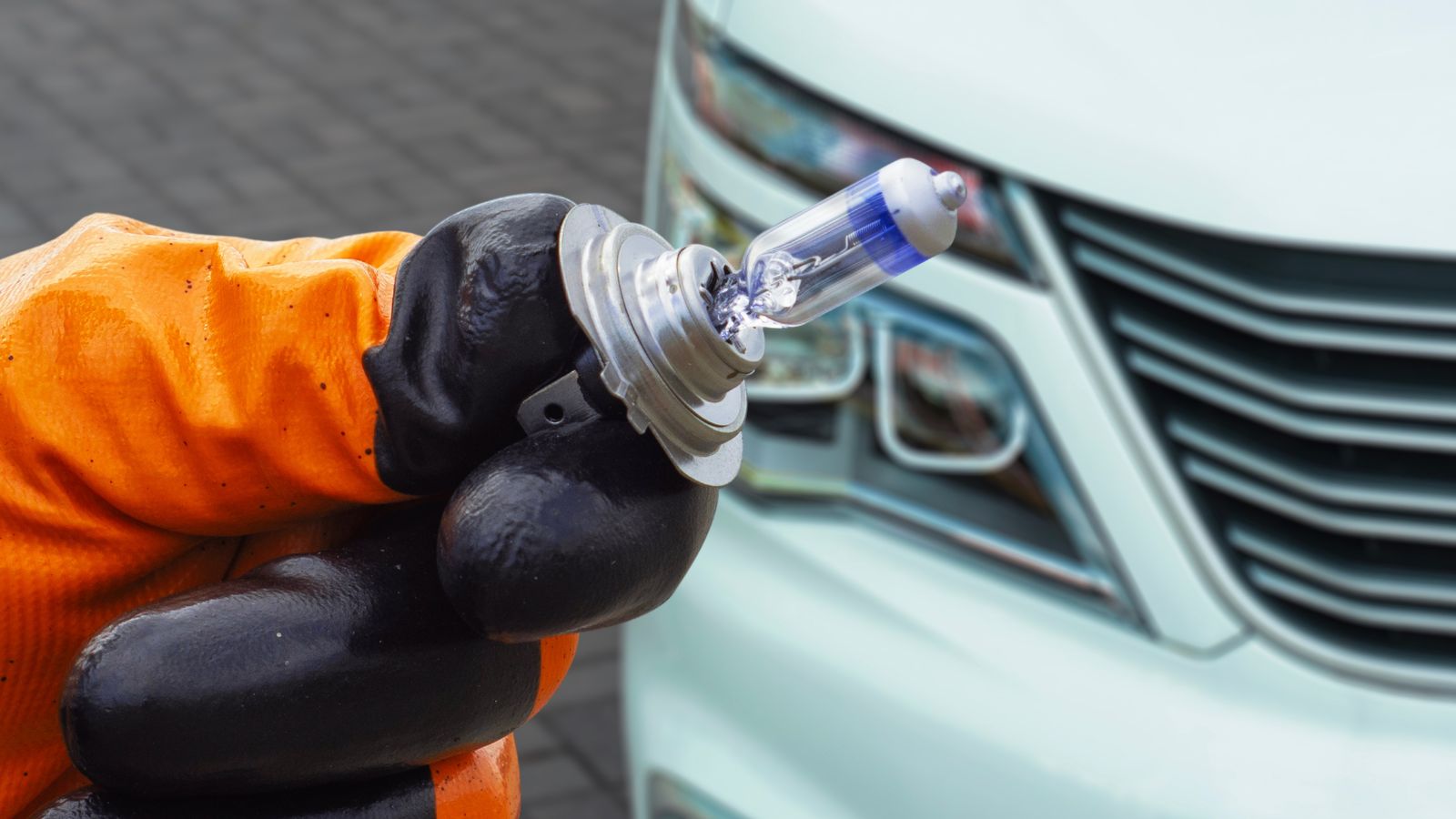
Brighter headlights may make you feel safer, but they don’t actually improve how your car drives. High wattage bulbs marketed as performance upgrades often blind oncoming drivers and strain the electrical system. They produce extra heat that can shorten headlight housing life without adding any horsepower, handling, or braking advantage. They’re a visual upgrade with no connection to performance, despite being sold with words like “racing” or “power.”
Stick On Badges
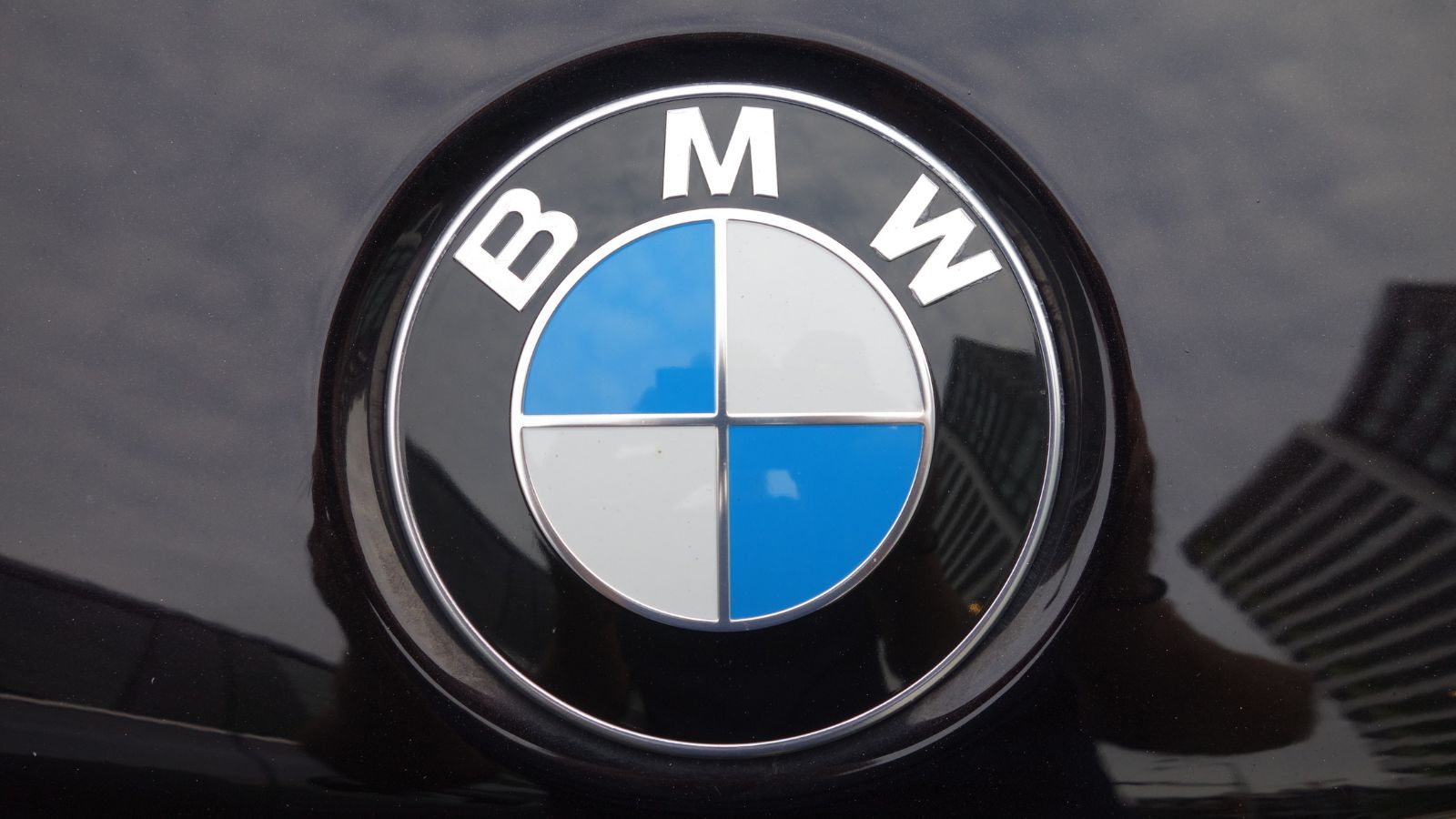
Badges carry history when they’re earned. An “M” on a BMW or a “Type R” on a Honda represents engineering pedigree. Slapping these badges on a base model car doesn’t change anything under the hood. There’s no extra horsepower, no tuned suspension, and no racing heritage. It’s pure window dressing that usually fools no one. For enthusiasts, fake badging is one of the quickest ways to lose credibility.
Colored Tow Hooks
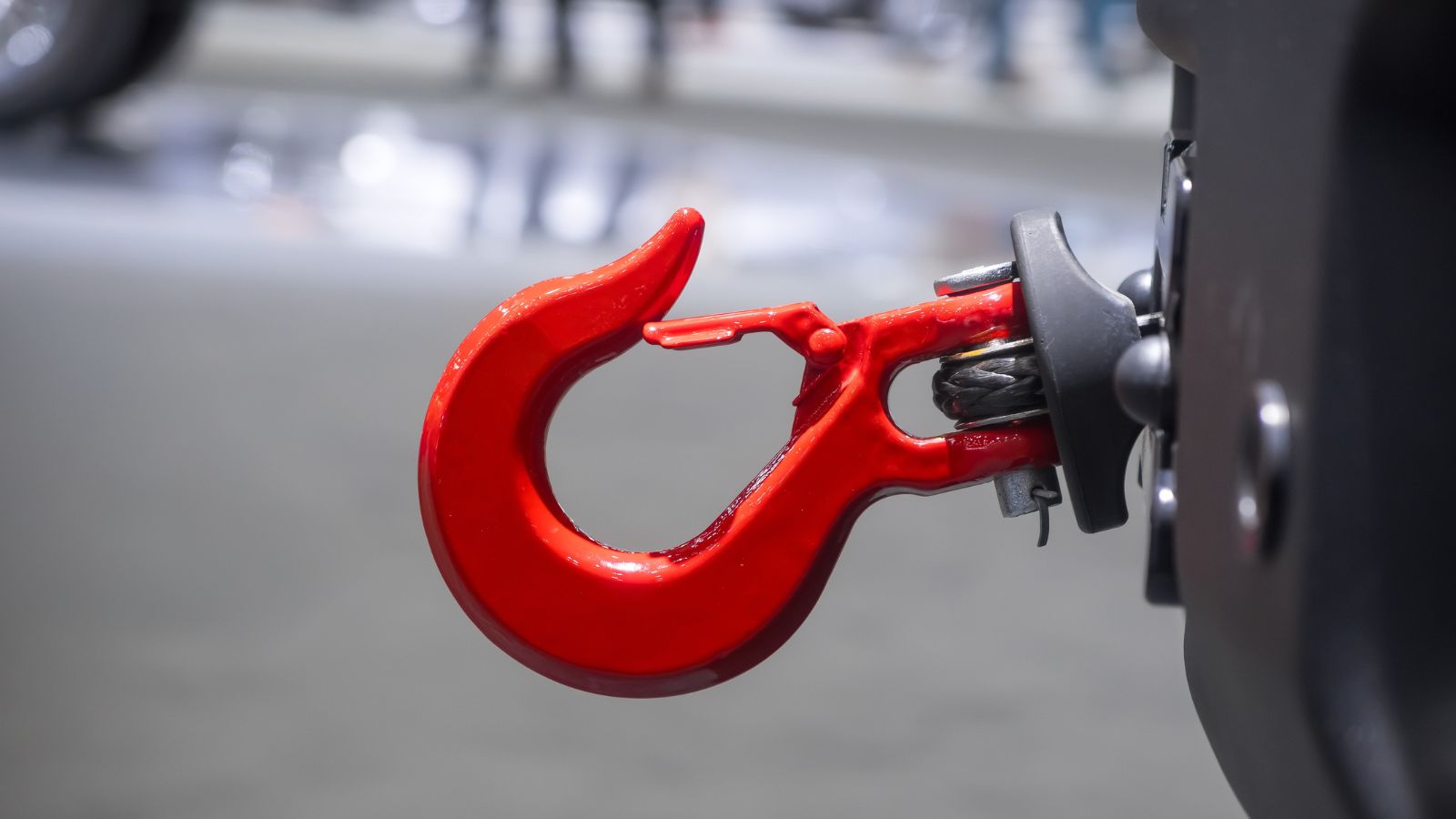
On real race cars, tow hooks are essential for safety. They make it easy to pull a disabled car off track. On lightly modified street cars, especially those that never see a track, colored tow hooks are cosmetic. They stick out from bumpers to give an aggressive, competition ready look but add nothing to performance. In fact, they sometimes reduce ground clearance or become a hazard for parking. Unless you’re actually competing, they’re just styling accessories.
Underbody Neon Lights
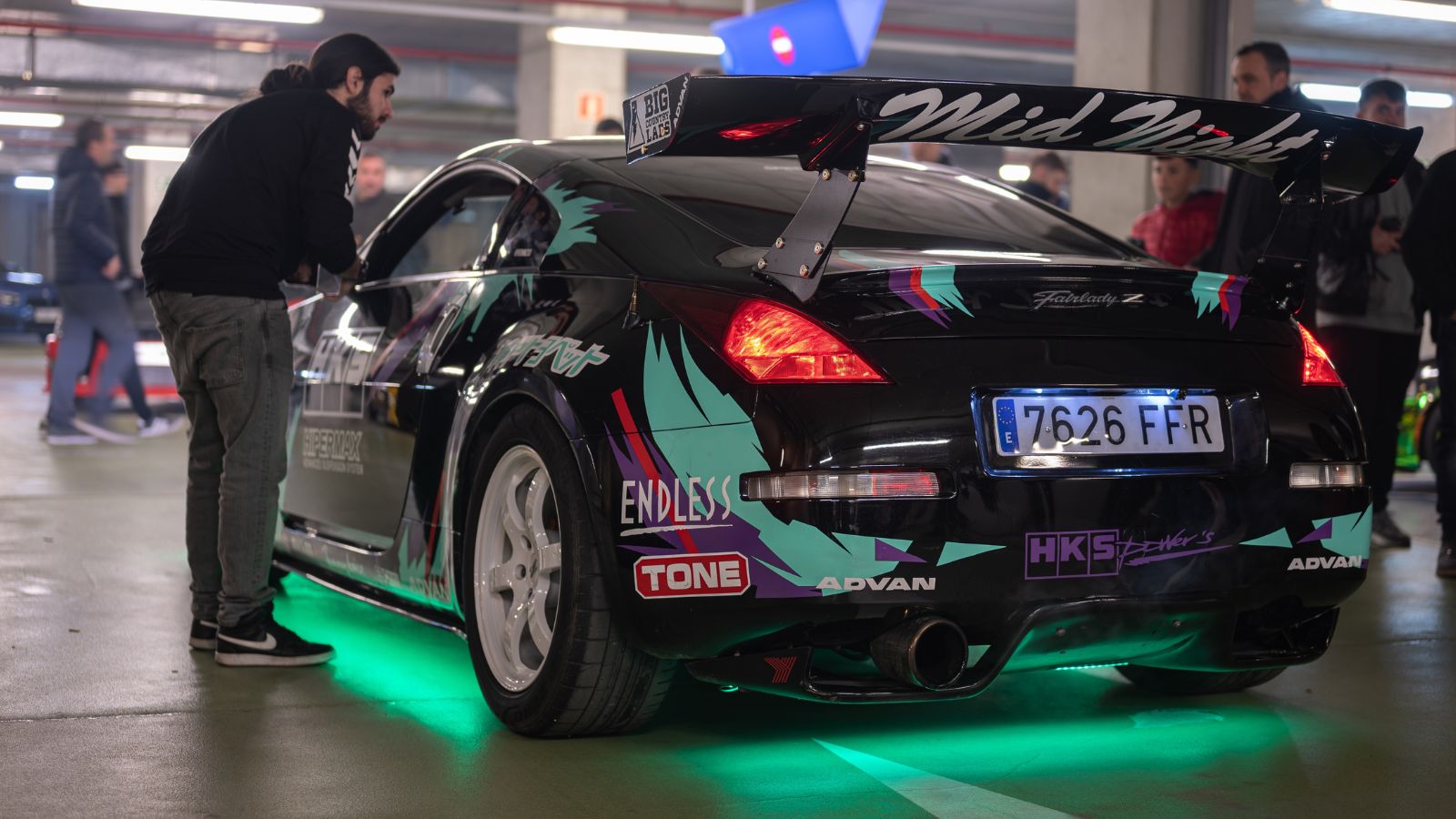
Neon lighting was a craze in the early 2000s and still pops up at car meets. It’s flashy and attention grabbing, but performance wise it’s useless. The lights add weight, draw power from the electrical system, and provide no advantage in speed or handling. They’re a purely aesthetic choice, one that makes your car stand out in a parking lot but does nothing once you’re moving. Neon belongs to car show culture, not performance tuning.
25 Facts About Car Loans That Most Drivers Don’t Realize

Car loans are one of the most common ways people fund car purchases. Like any other kind of loan, car loans can have certain features that can be regarded as an advantage or a disadvantage to the borrower. Understanding all essential facts about car loans and how they work to ensure that you get the best deal for your financial situation is essential. Here are 25 shocking facts about car loans that most drivers don’t realize:
25 Facts About Car Loans That Most Drivers Don’t Realize
